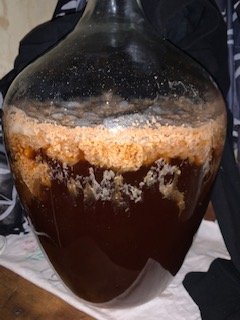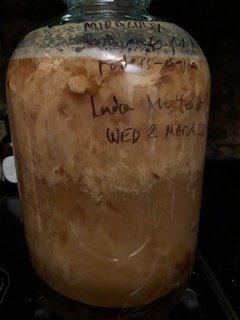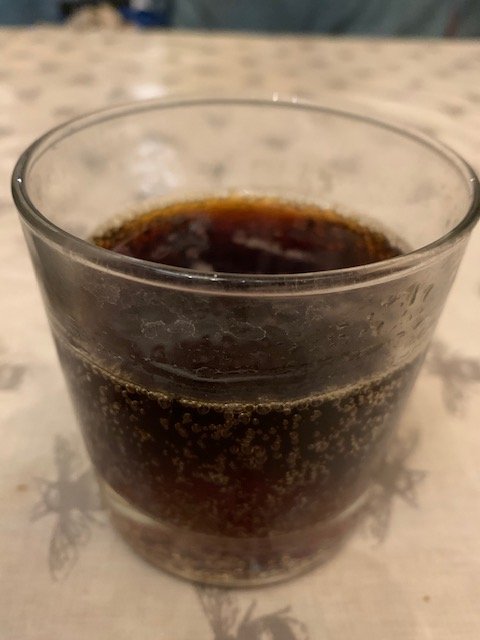Miraculix
Well-Known Member
That sounds like a fun experiment! I have to ask, did the wort just stand around all the time or did you start fermenting it before? Our did you reboil the wort?Friday afternoon... it has taken all this time and all these beers to use up that 20 litres of silly maths mistake. Basically I'd put in ten times the amount of crystal due to a single decimal point error, and enough ignorance/stupidity not to automatically recognise it at the time.
Beer 1 = one gallon demijohn. I was so determined to taste your lovely beer. So restored the quantities to your original recipe by making enough Maris otter/wheat malt blend to dilute the 'crystal mess' to the right proportions. Used Lallemand English Ale London yeast. Summit/EKG hops.
Beer 2 = 20 litre carboy. Half and half 'crystal mess' to ''maris/wheat' blend. Lallemand English Ale London yeast. Summit/EKG/Cascade hops.
Beer 3 = one gallon demijohn. Pure 'crystal mess' to see what it would turn into. Hops and yeast chosen to attempt to be citrusy/orangy to go with the dark caramel to make a marmalade beer. Lallemand Nottingham yeast with Amarillo hops and nectarine peel. Strong OG of 1:054. This'll either be vile or fabulous but I had to make it to find out.
Beer 4 = one gallon demijohn. Same idea as 3. Lallemand Nottingham yeast with Mandarina hops and nectarine peel. Same turbo OG. This is a gentler hop than Amarillo so we'll see.
Beer 5 = 12 litres in a bucket. A small beer made from the second runnings. It had to be boiled fast as it had begun fermenting on it's own with all these other goings on. Used Nottingham yeast. Summit + some mystery hops that I suspect are Citra. Low OG 1:024 so added 150g golden syrup.
Finally finished. A daft thing to do, but learned a lot and we'll have oodles of beer. We will taste this recipe after all as long as no infection sets in. Fingers crossed.














































![Craft A Brew - Safale S-04 Dry Yeast - Fermentis - English Ale Dry Yeast - For English and American Ales and Hard Apple Ciders - Ingredients for Home Brewing - Beer Making Supplies - [1 Pack]](https://m.media-amazon.com/images/I/41fVGNh6JfL._SL500_.jpg)















